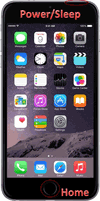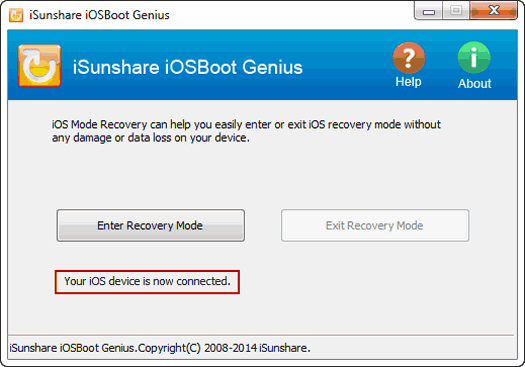The launch of the most important Android phones for 2017 is right around the corner: the Samsung Galaxy S8 and LG G6 have leaked out in images along with specs and all the details. And they are a big shift for smartphones: after years of similar smartphone design, the pair marks a new era.
All eyes are on the Samsung Galaxy S8. After Samsung's Galaxy Note 7 exploding battery fiasco, the company has pledged to improve its quality assurance process and has delayed the launch of its most important device of the year by one month.
The wait will be worth it: Samsung has not only managed to secure the newest and most powerful chip on the market, the Qualcomm Snapdragon 835, before everyone else, it is also introducing a new all-screen body for the S8. With an almost bezel-less design, Samsung is maximizing the screen space and rumors say the Galaxy S8 will launch with two much bigger displays, a 5.8-inch version and a 6.2-inch model are in the works. At the same time, the aspect ratio of the display has changed, so that it is narrower and taller, so that overall the phone size does not grow out of hand. In fact, the 5.8-inch Galaxy S8 is said to have the same width as last year's 5.1-inch Galaxy S7. Remarkable!
The other important improvement in Samsung's next big thing is the new 'Bixby' personal assistant. A smart assistant built by Viv, the company that was responsible for developing Siri back in the day, Bixby is also said to get a dedicated physical key, so that you can easily call it and ask it questions from any place, anywhere. Unlike the not-very-useful S-Voice assistant, Bixby is said to be a big step forward in terms of accuracy and speed.
Interestingly, rumors also say that the Galaxy S8 will feature a pressure-sensitive display, something similar to Force Touch on the iPhone. It's not clear whether it would be the whole screen or just the bottom part as some claim, but the feature is rumored to make it to the S8. The fingerprint scanner, though, might not be under the display glass, but instead could be positioned right along the camera on the back of the phone.
Last, but not least, the Samsung Galaxy S8 is said to support a new DeX docking mode that will allow you to connect it to an external monitor and have it work as a desktop. The concept is similar to Microsoft's Continuum. Sounds useful, but many companies have attempted doing this and failed, so we approach this topic with caution.
- 5.8-inch and 6.2-inch versions
- 80%+ screen-to-body ratio
- Samsung Bixby assistant
- Pressure sensitivity built in the screen (or the lower part of the screen only)
- Samsung DeX to allow docking your PHONE to a monitor for a desktop-like experience
- Snapdragon 835
- Rear fingerprint scanner
- 64GB of storage and microSD card slot
- Similar GLASS and metal design as in Galaxy S7 / Note 7
- Water protection
- 12MP f/1.7 rear camera with Dual Pixel auto-focus
LG G6
Announcement date: February 26th
Samsung Galaxy S8 vs LG G6: preliminary specs comparison
LG might not have suffered a fiasco as grand as Samsung with its exploding Galaxy Note 7, but its LG G5 was a flop and the company losing money on its smartphone division. A turn-around device is a must.
And turn around LG did with the G6: the company has changed its mind on the 'modular phone' concept, ditching the idea in favor of a more accepted premium GLASS and metal design. The LG G6 is also expected to turn its back on some of LG's core ideas (it won't have a removable battery, for instance), but will compensate with a mind-boggling, 90%+ screen-to-body ratio. This is even better than on the Galaxy S8 and means that we'll practically have an all-screen phone with the G6. The 5.7-inch display on the G6 will also have a new 18:9 aspect ratio, making for one taller, yet still narrower phone that one can comfortably hold in the hand.
The other big new feature in the LG G6 will be the Google Assistant. The G6 is the first non-Pixel phone to get the powerful and zippy new Assistant. We've tested it on the Pixel PHONES and loved what the Assistant can do: not only is it capable of recognizing various accents easily, it also recognizes context so that you can ask it more questions and get more answers.
LG is also adding the trendy water sealing to ensure its PHONE is more durable and keeps the dual rear CAMERA setup with a secondary, super-wide angle lens in tow. Quite handily, the 3.5mm jack is still here.
For the first time in a while, LG also has a golden opportunity: Samsung is delaying its Galaxy S8, so the earlier launch of the G6 gives it a competitive edge. Unfortunately, an earlier launch and Samsung's choke-hold on suppliers has restricted LG to using last year's Snapdragon 821 rather than the new and more powerful Snapdragon 835. At the right price, though, we are willing to live with this.
- 5.7-inch display with 18:9 aspect ratio
- 90% screen-to-body ratio
- GLASSand metal design
- Water protection
- First non-Pixel phone with Google Assistant
- Dual rear camera
- Rear fingerprint scanner
- Snapdragon 821 system chip
- 3.5mm headphone jack
- Non-removable battery
Source: phonearena.com















